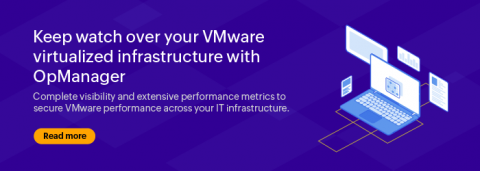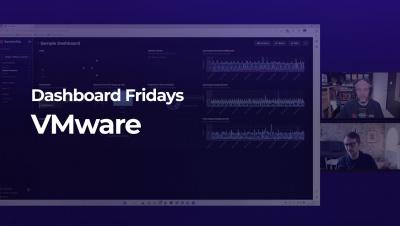Decoding VMware Snapshot Files
We’ve all had moments when we wish we could just rewind time, especially when dealing with complex software or system configurations. Well, with VMware’s snapshot feature, that’s essentially what you can do. Let’s explore this concept further.











